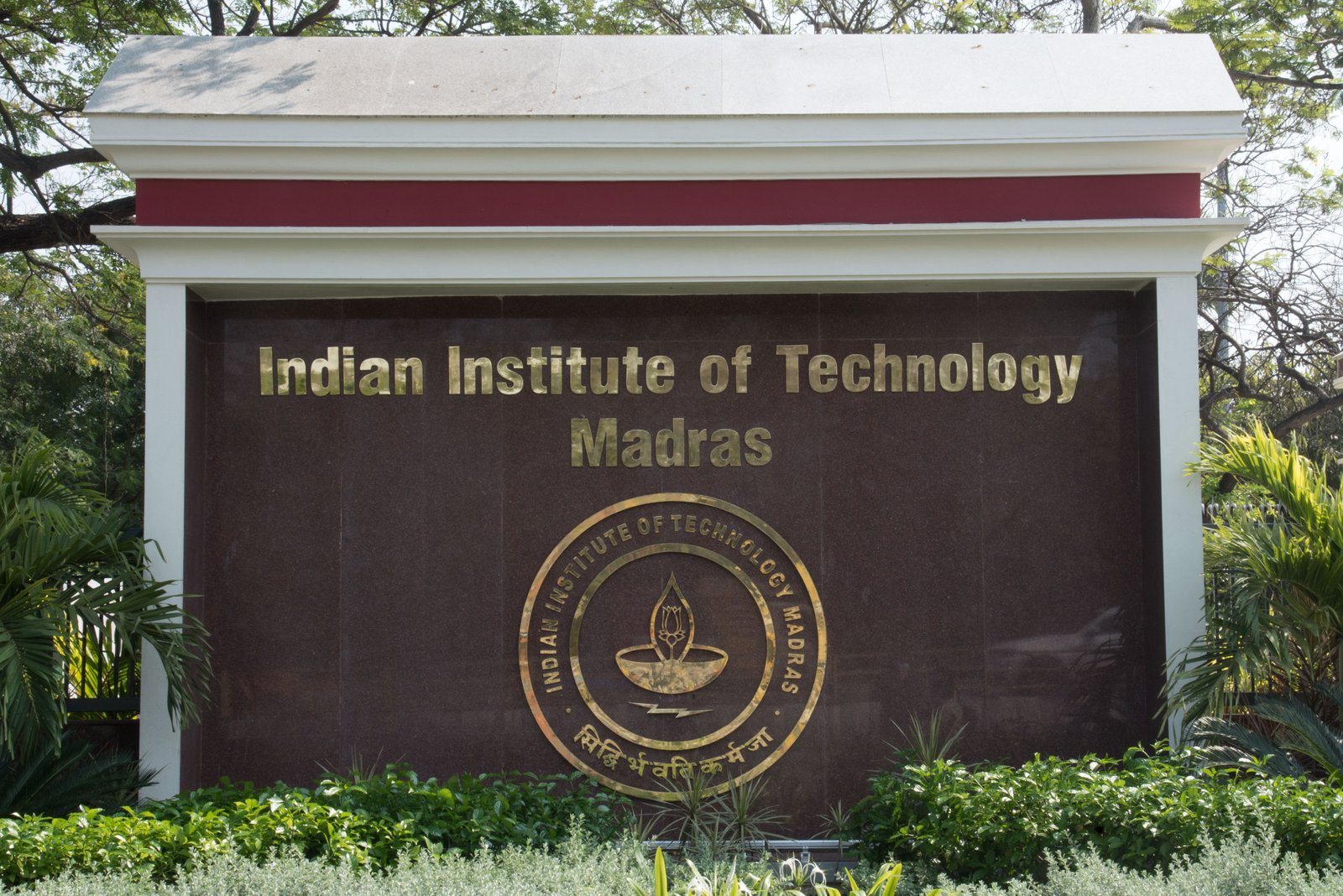
The researchers found that combined and coordinated use of Forest Rangers and drones were a good way to protect wildlife from poaching
Indian Institute of Technology Madras and Harvard University researchers have developed a novel Machine Learning algorithm named ‘CombSGPO’ (Combined Security Game Policy Optimisation) that can help in saving wildlife from poaching.
The researchers found that combined and coordinated use of Forest Rangers and drones were a good way to protect wildlife from poaching. As the resources (Rangers and drones) are limited, the researchers developed this algorithm which provides a good strategy to protect wildlife with the resources available. This new algorithm provides highly efficient strategies that are more scalable than the earlier ones created for the same purpose.
The algorithm works by handling resource allocation and strategising patrolling after the extent of resources available had been identified. For this task, it utilises data on the animal population in the conserved area and assumes that poachers are aware about the patrolling being done at various sites.
Prof Balaraman Ravindran, Mindtree Faculty Fellow and Professor, Department of Computer Science and Engineering, IIT Madras, and the Head of Robert Bosch Centre for Data Science and Artificial Intelligence (RBCDSAI), IIT Madras, collaborated with Prof Milind Tambe’s Research Group – Teamcore – at Harvard University, US, to carry out this study.
The work has been peer-reviewed and was well received at the 20th International Conference on Autonomous Agents and Multi-Agent Systems.
Prof Balaraman Ravindran, Head, Robert Bosch Centre for Data Science and Artificial Intelligence (RBCDSAI), IIT Madras, said, “The work was motivated by the need to perform strategic resource allocation and patrolling in green security domains to prevent illegal activities such as wildlife poaching, illegal logging and illegal fishing. The resources we consider are human patrollers (forest rangers) and surveillance drones, which have object detectors mounted on them for animals and poachers and can perform strategic signalling and communicate with each other as well as the human patrollers.”
To extend this research for application in domains such as security, search and rescue and aerial mapping for agriculture among others, the team is trying to perform sample-efficient multi-agent reinforcement learning to learn with the least amount of data since data collection is costly in a real-world scenario.